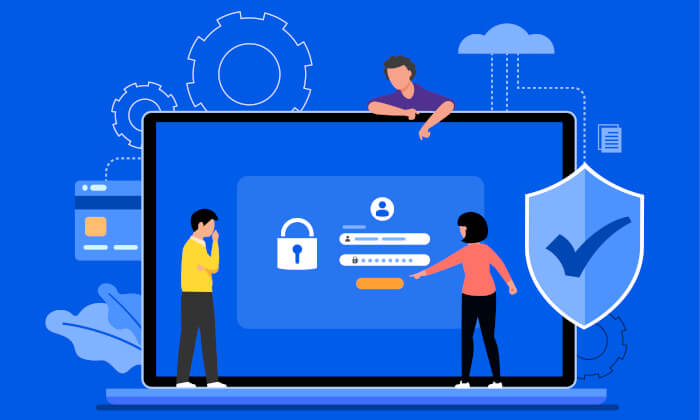Last Updated on December 21, 2025
| Security Software | |
|---|---|
| Anti-Malware Tools - Programs used to prevent, detect, and remove malware. The most common types of malware include viruses, worms, trojans, ransomware, bots or botnets, adware, spyware, rootkits, fileless malware, and malvertising. | |
| Data Hashing (Graphical) -- Data Hashing (CLI) - Hashing is the process of passing data through a formula to produce a condensed fixed-value representation, called a hash value. | |
| Digital Forensics - Digital forensics is a specialist art. It allows investigations to be undertaken without modifying the media. Being able to preserve and analyze data in a safe and non-destructive way is crucial when using digital evidence as part of an investigation, and even more so when a legal audit trail needs to be maintained. | |
| Disk Encryption - Disk encryption is one method to help minimise data breaches by preventing unauthorized access to data storage, to ensure safe information exchanges, safeguard against data leakage, and manage compliance. | |
| Email Encryption Tools - Sending encrypted messages is one method of ensuring electronic privacy. By encrypting messages, this will help to keep your precious information safe by making messages look like garbled text to uninvited onlookers. Encrypting email may sound a little daunting, but it’s actually simple with the right software. | |
| File Encryption: CLI-based tools, GUI-based tools - These tools let you protect your files. Encrypt, decrypt files and folders with these tools. | |
| Firewall Distros - These are network security systems, acting like a security guard between internal and external networks. | |
| Firewall Tools - The firewall controls incoming and outgoing network traffic using security rules. The rules specify which connections you want to allow and the ports and zones through which the connection can be established. | |
| Forensics Memory Tools - This roundup focuses on memory tools that help with forensics. | |
| GnuPG Frontends - GnuPG stands for GNU Privacy Guard and is a tool for secure communication and data storage. The software has two main uses. The first is to encrypt data to ensure its privacy. The second is to “sign” data so that others can determine it is authentic and unmodified. | |
| Host-Based Intrusion Detection Systems - An intrusion detection system is a device or software application that monitors a network or systems for malicious activity or policy violations. A system that monitors important operating system files is an example of an Host-Based Intrusion Detection System. | |
| Network Analyzers - A network analyzer (also known as a packet analyzer, packet sniffer, or protocol analyzer) is software that intercepts and logs traffic that passes over a computer network or part of a network. | |
| Network Authentication Tools - Connection authentication, authorization, and accounting management. This article will interest educational institutions, internet service providers, and other commercial organizations. | |
| Network Intrusion Detection Systems - An intrusion detection system is a device or software application that monitors a network or systems for malicious activity or policy violations. A system that detects malicious traffic on a network is an example of an Network Intrusion Detection System. | |
| Passive OS Fingerprinting - used for reconnaissance during penetration tests, routine network monitoring, detection of unauthorized network interconnects in corporate environments, providing signals for abuse-prevention tools, and more. | |
| Port Scanners: Graphical Port Scanners and Terminal-Based Port Scanners - A port scanner is a utility which probes a server or host to verify if the virtual ports of a system are open or closed. Ports allow different applications on the same computer to share network resources simultaneously. | |
| Secrets Management - Secrets management software is a tool for securely storing, managing, and monitoring sensitive information like passwords, API keys, and certificates that applications and users need to access IT resources. | |
| Security Testing - Security testing is typically categorized based on the type of vulnerability being examined or the nature of the testing being conducted. | |
| Steganography - These tools conceal messages in other messages in such a way that no one, apart from the sender and intended recipient, suspects the existence of the message. | |
| Vulnerability Analysis - A systematic process that identifies, assesses, and prioritizes vulnerabilities in a system to help organizations improve their security posture. These tools are essential activity for enterprise security. | |
| Vulnerability Detection - These tools are critical for ensuring that any threats that may have made it past the firewall are picked up before they can infect and undermine entire networks. | |
| Web Application Firewalls - A web application firewall (WAF) is a type of application firewall that lets you see and analyze HTTP traffic to and from a web application. | |
| Wireless Security - We cover software that’s useful for penetration testing and security assessment. Target users include security professionals and pentesters. | |
